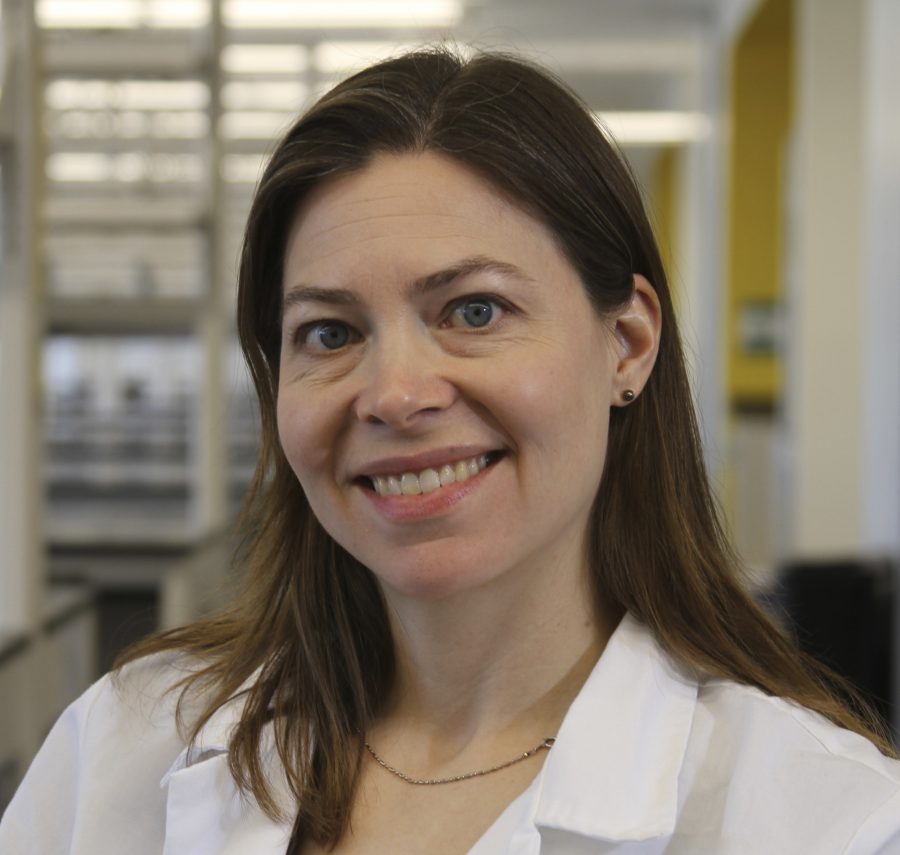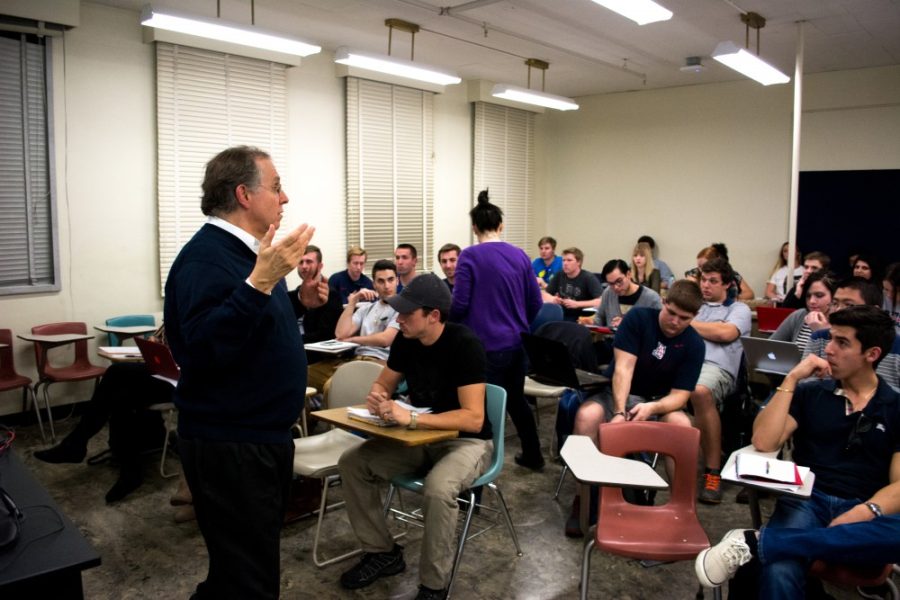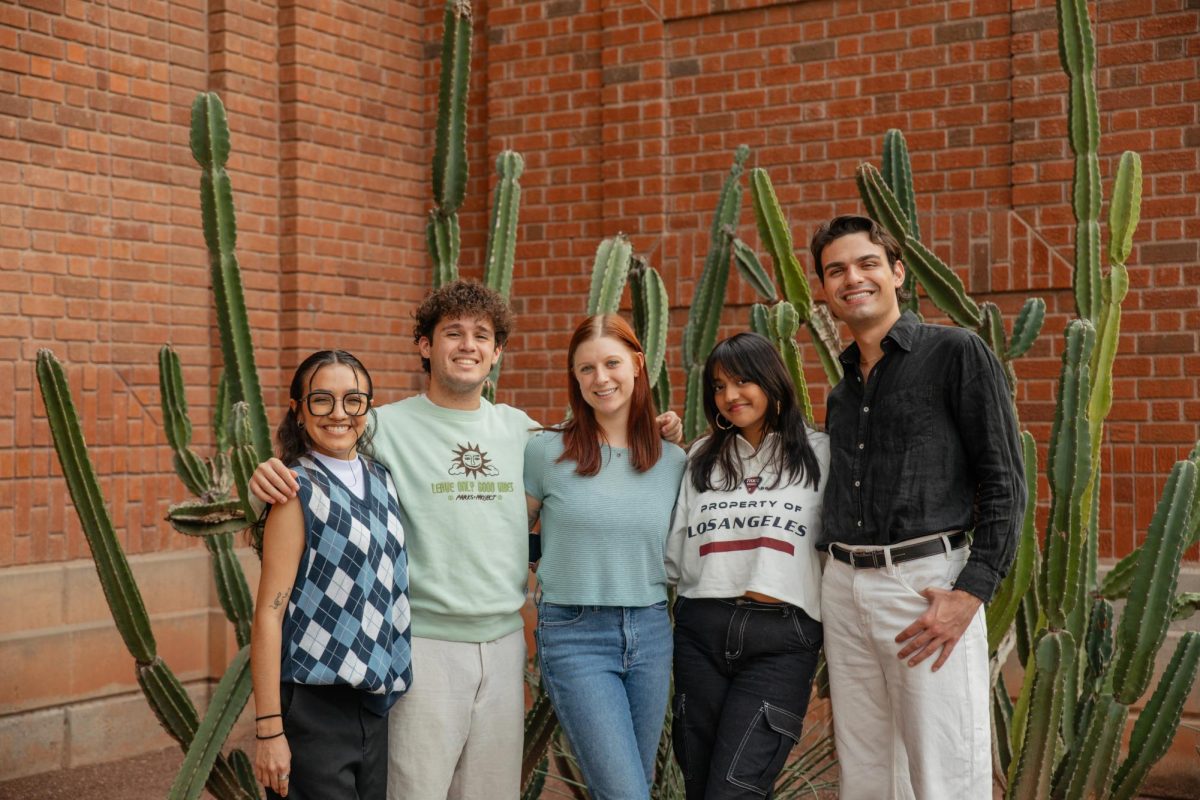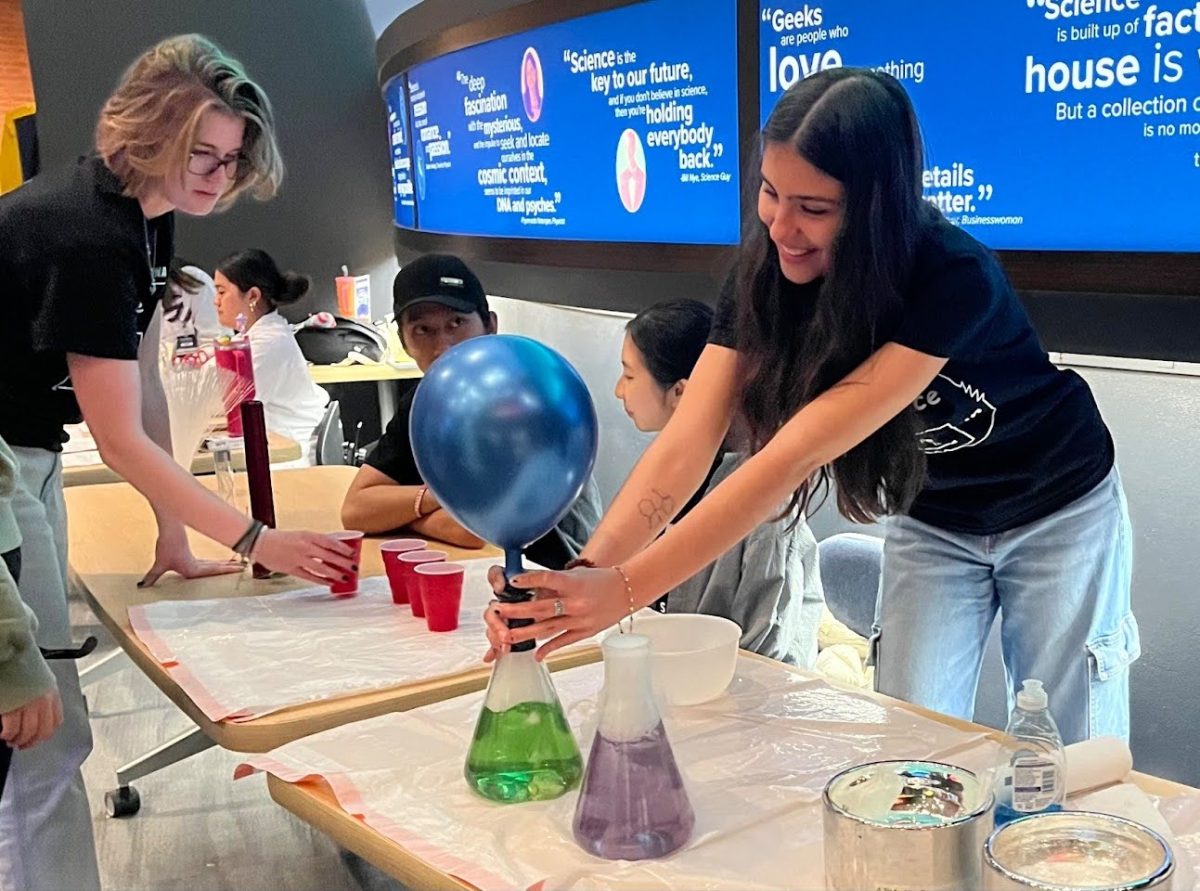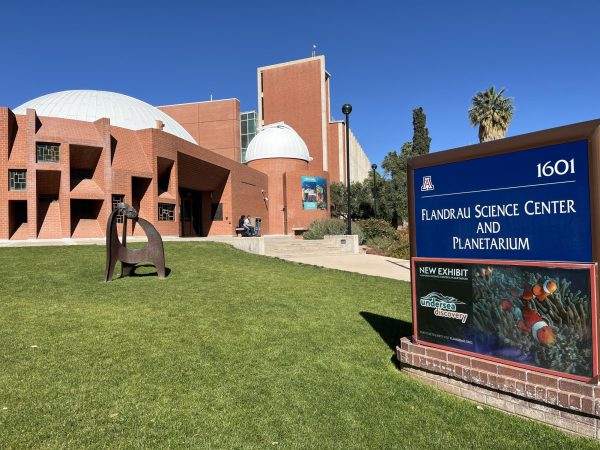Researchers in the lab of Martha Bhattacharya, an assistant professor of neuroscience at the University of Arizona, have linked a gene involved in axon degeneration to the itch sensation in mice, attracting interest from the agribusiness industry.
A recent faculty transfer from Washington University in St. Louis, Ill., Bhattacharya heads a lab that studies the communication between neurons, the cells responsible for sending electrical signals throughout our bodies, and non-neuronal cells during the progression of neurodegenerative diseases in fruit flies and mice. Her research is supported by the National Institutes of Health.
“The majority of our lab is still focused on the TMEM184B gene,” Bhattacharya said. “Now, we are using fruit flies to look at this gene’s effect on synapses and signaling too.”
RELATED: Neuroscience team discovers neurons that regulate eating behaviors
Bhattacharya’s most recent publication, now available on bioRxiv, linked TMEM184B to the initiation of developmental signals critical to the specification of pruriceptive, or itch sensing, neurons in mice.
In future studies, Bhattacharya hopes to characterize the role of this gene in the maintenance of these itch-sensing pathways and synapses in adults, linking TMEM184B’s newly discovered function in itch sensation to its ability to promote apoptosis or neuron degeneration.
Beyond TMEM184B, Bhattacharya is also utilizing fruit flies to identify new genes involved in the communication between neurons and astrocytes, a support cell that regulates neuronal signals, during the progression of various neurodegeneration diseases such as Alzheimer’s and Parkinson’s disease. Once identified, Bhattacharya plans to purse these genes’ roles in the nervous system as she has done with TMEM184B.
In addition to a hardworking team of graduate students and research technicians, Bhattacharya also places a focus on mentoring undergraduate students on projects in her lab.
“I want my undergraduate students to learn how to ask questions that are testable and controllable,” Bhattacharya said. “From my own personal experience, having a group of people grappling with unknown questions in a lab is a really exciting place to be.”
Beyond their individual projects, Bhattacharya hopes she can inspire the next generation of scientists by providing students an environment to see science in action and realize that all of the chapters in their textbooks are still being written; there is still so much to contribute.
Hannah Hart, a neuroscience and cognitive science junior, has worked as an undergraduate researcher in the Bhattacharya lab for the last year.
“Dr. Bhattacharya has been an amazing mentor and friend,” Hart said. “She encourages me to step outside of the box, be risky and learn from any mistakes. She always supports any achievements and inspires me continuously to try as hard as I can.”
The focus on undergraduate research and mentorship in the Neuroscience and Cognitive Science Department at the UA was a big reason Bhattacharya moved her lab to Tucson.
Outside of her research, Bhattacharya also designed and teaches a course exploring neurodevelopment, or in other terms, what it takes an organism — or potentially a scientist — to build a brain from scratch.
“Teaching an upper-division course, I do not have to worry about whether or not I covered all the necessary topics for my students to take the MCAT,” Bhattacharya said. “I make sure the topics I cover are interesting not only to me but are linked to health and medicine.”
Bhattacharya’s interest in neuroscience began with a sensory neuroscience course in college and flourished when she attended graduate school at the University of California, San Francisco researching neurodevelopment and the molecular mechanisms of the sense of touch.
According to Bhattacharya, many of the molecular pathways linked to the neurodegenerative diseases she now studies were first discovered and characterized in the context of neurodevelopment. Adding a neurodevelopment course to the UA’s schedule was a must, Bhattacharya said.
For example, Bhattacharya’s own lab primarily studies neurodegeneration, but her research on the functions of TMEM184B within the nervous system led her research back to her neurodevelopment roots and the itch sensation of mice.
Throughout her career, Bhattacharya married and started a family. She now has two kids.
“When my kids were very young, that was the hardest window of time,” Bhattacharya said. “Being a faculty member means you are no longer in just the lab, you need a calendar for all your meetings and new work.”
Bhattacharya attributes some of her success to maintaining passions outside of science, like biking and running, and a mindset that not everything will go right the first time. She said success is more hard work than perfection.
Follow Randall Eck on Twitter



